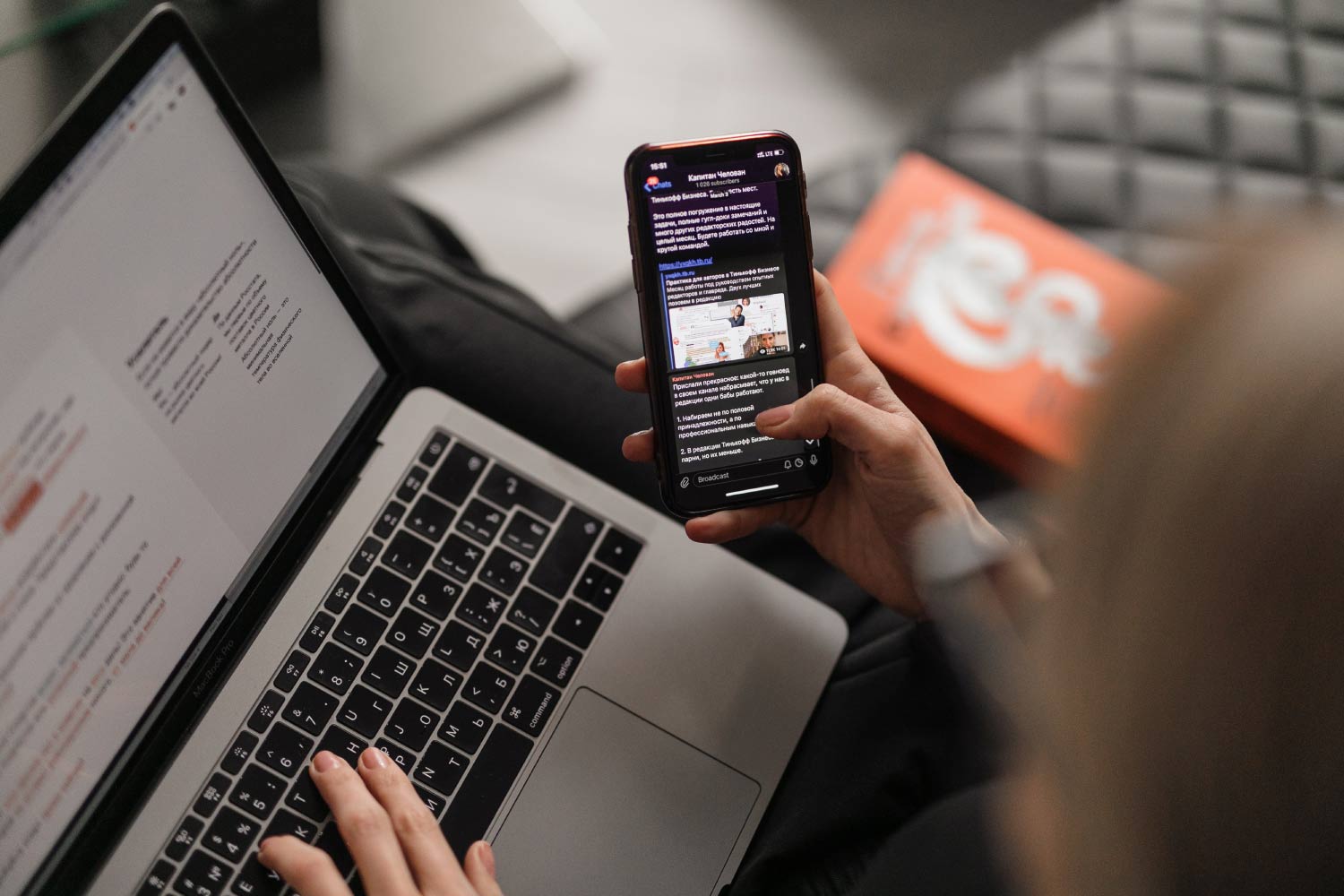Speaking English naturally and fluently is an essential skill. And it is required in almost all aspects of our lives. How to practice your speaking can be a challenge if you can’t find someone to practice with and most of the time you end up doing nothing to improve your speaking.
Here are my top 5 tips which will break down a few codes for you and help you become a more fluent English speaker:
1. Focus on your pronunciation
When you’ve good pronunciation it helps you get in the flow of speaking in English. I have a few recommendations for you to improve your pronunciation. First, work on the specific sounds. There are 44 sounds in the English language that can be divided into three parts. Vowels, consonants, and diphthongs. It’s really important for you to know how to produce specific sounds. For example, the position of your tongue to produce specific sounds. It will make you confident and facilitate fluency in English speaking.
Speak slowly. In order to be sure and produce the correct sounds, you need to speak slowly and exaggerate the sounds. A lot of students think that speaking faster makes a better impression on people. This is not true at all, in fact, it tends to slur their speech. If you speak slowly, you can focus on individual sounds and it also gives you time to think and phrase your sentences correctly and in a much better way. In the beginning exaggerate the sounds as well, to pay attention to how you’re able to pronounce something.
2. Mimic native English speakers
If you’re practicing alone or at home, listen to native English speakers. You can use YouTube, Spotify, or other social media websites for authentic English content. You can even make use of your favorite shows on NetFlix. Listen to them carefully (if you’re using videos for this exercise, observe their facial muscles, and how they’re pronouncing the words). Replay the clip or audio a few times. The next step is to copy them. I know it may sound funny, but it’s really effective and a proven technique to improve your fluency as well as pronunciation. Listen to each sentence they’re saying and try to copy them as closely as you can. And to review how well you’re able to copy them, record yourself. And then replay and review. Make a note of all the words and specific sounds that you’re unable to pronounce like a native speaker.
This is one of the most effective techniques to practice and get genuine feedback about how you’re doing. You can listen to yourself.
3. Use your voice to sound powerful and confident
If you’re a speaker of English as a second language or third language maybe even a fourth language, you might have come across situations when you wanted to communicate in English but your voice was too soft, too low, it was shaky. It must have affected your confidence and made you wonder what to do. It prevents you from communicating powerfully and confidently.
As I’ve mentioned in the first point, clear and native pronunciation makes you confident and facilitates fluent English communication. You also need to start doing exercises to train your facial and the muscles of your mouth. Rachel from Rachel’s Academy has made some really good videos to help you relax your muscles. Do these every day, and make them a part of your daily routine.
First, let’s watch lip relaxation exercises.
Next, let’s watch neck and throat relaxation exercises.
4. Learn phrases, not words
Fluency is being able to communicate without pauses, fillers, and hesitation. And vocabulary is what makes your conversation informative and rich. If we learn any language word by word, it sure helps our word bank but it doesn’t necessarily facilitate fluency while speaking. When you’re learning phrases, you’re not only learning new words you’re learning grammar too. I’ve personally experienced this challenge wherein I know a word and the meaning of it, but I don’t know how to use it in a sentence and that makes me pause while speaking. To avoid these situations I learn phrases instead of individual words
For example, if you’ve recently learned the word “thank you” (b1), we use this word to express gratefulness and also to accept or refuse something that’s offered to us. How do we use it?
Thank you + for + [noun] / [-ing verb].
Thank you for the birthday gift.
Thank you for driving me home.
Look at another word, appropriate (B2), adjective. It means suitable or right for a particular situation or occasion. How can we use it in a sentence? Now before we look at a sentence where we use this word, do note that it’s a beginner level word.
Example sentence: I should buy appropriate clothing.
In this sentence we are not only using the word appropriate, we’re also using ‘should’ and clothing. Should is a modal verb and its usage have different levels B1 (best), A2 (advice, question), B2 (phrase). By learning this sentence you’ve learned the usage of the word appropriate and also given yourself some context about its usage and by doing this it would be easy for you to make a sentence using this specific word.
5. Get a personal tutor
If you’re serious and have a timeline to achieve fluency while speaking in English, invest in a personal tutor. Communicating with an expert English teacher can help you greatly to achieve confidence and improve your progress. A tutor will not only help you with different activities, techniques, and practice, he will also help you clear your doubts. If you take a session once a week, you can make notes about your questions and doubts and discuss them with your tutor. You will receive constructive feedback on your communication skills in real-time. And your tutor will always add something to what you’ve learned. Learning something new every day is really important to improve your level of English.
I provide both offline and online classes to individuals who are serious about learning English and to be better and effective speakers. You can get in touch with me with your requirements here.







